#museum of fine arts of rennes
Explore tagged Tumblr posts
Text

Danae or Danaë (1891), (detail), by Alexandre Chantron (French, 1842-1918), oil on canvas, Musée des beaux-arts de Rennes, Rennes
#danae#danaë#alexandre chantron#painting#my upload#musée des beaux-arts de rennes#museum of fine arts of rennes#rennes#france#painting detail#detail#mythology#greek mythology#mythological painting#mythological art#zeus#perseus#art#fine art
12 notes
·
View notes
Text
Last night was my company Holiday Party, and we're doing really well, so it was held at the Museum of Fine Arts (Boston)
I was so happy that also included the Styled by Sargent exhibit, of John Singer Sargent paintings and the actual articles of clothing alongside them.
Now, you have probably seen this painting of Lady Macbeth

But have you seen the costume she's wearing??

It's gorgeous, obviously.
But that texture! It's *crochet*
And some knitting
Really simple crochet too; just a chain and single crochet lattice with beads and metallic thread added for this chain mail effect.
Despite John Singer Sargent being an expert painter of fabric (no, really, just look at it), I never knew Lady Macbeth's costume had to be *hand crocheted* for that texture in the painting.
Anyway I'm gonna be making myself some faux-chainmail by crocheting it for the next Renn Faire
#art#not my art#john singer sargent#lady macbeth#costume#costuming#shakespeare#macbeth#crochet#knitting#painting#fabric
12K notes
·
View notes
Text

Gustave Caillebotte (French, 1848–1894)
Les Périssoires 1878 oil on canvas
155 × 109 cm (61 × 42.5 in)
Museum of Fine Arts of Rennes, Rennes
57 notes
·
View notes
Photo

Noël Coypel, 1628-1707
Loth et ses filles (ou L'ivresse de Loth) / Loth and his daughters, ca.1704, oil on canvas, 89,2×108 cm
Museum of Fine Arts, Rennes
7 notes
·
View notes
Photo
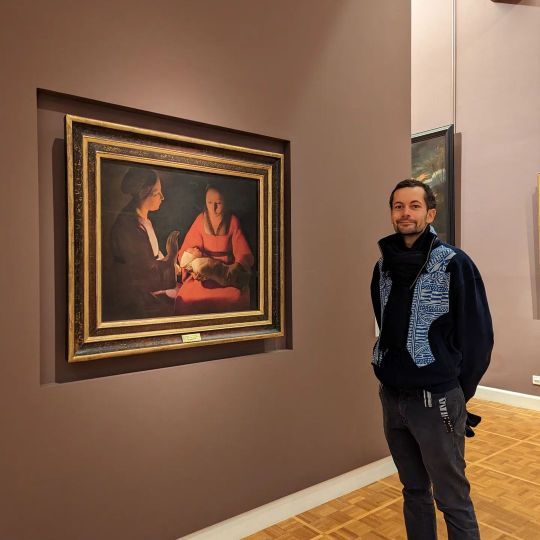
Conserved at the Museum of Fine Arts in #rennes, The Newborn is a painting by the Lorraine painter Georges de La Tour dated from 1645-1648. This oil on canvas represents the Virgin Mary holding the swaddled Child Jesus, in the company of Saint Anne who lights the scene with a candle. The Newborn is one of the most important works of Georges de La Tour due to the quality of the painting itself. This is not a simple maternity scene, but a religious subject featuring the Virgin, her mother Saint Anne and the Child Jesus. The painting had entered the collections of the Musée des Beaux-Arts in Rennes in 1794 thanks to the revolutionary seizures of the property of emigrants. It was then attributed to a Dutch painter, Godfried Schalken. Later, it was considered a work of the Le Nain Brothers, an attribution still in force when the German art critic Hermann Voss returned the canvas to Georges de La Tour. Inspired meeting, the pleasure of sitting on the bench in front of the famous painting and lingering over details such as the light of the candle reflected on the fingernails of the Virgin Mary, the softness of the faces, the beauty emanating from this moment of peaceful #intimacy … #art #virginmary #jesus (à Musée des Beaux-Arts de Rennes) https://www.instagram.com/p/Co-xpGILmlC/?igshid=NGJjMDIxMWI=
0 notes
Text

Charles-André van Loo (1705-1765) "Portrait of Innocente Guillemette de Rosnyvinen de Piré" (c. 1762) Oil on canvas Located in the Musée des beaux-arts de Rennes, Rennes, France
#paintings#art#artwork#genre painting#female portrait#charles andré van loo#charles andre van loo#oil on canvas#fine art#musée des beaux arts de rennes#musee des beaux arts de rennes#museum of fine arts of rennes#art gallery#french artist#portrait of a woman#gray dress#grey#dresses#clothing#clothes#melancholy#melancholic#melancholia#sad#sadness#sad eyes#1760s#mid 1700s#mid 18th century#blue
72 notes
·
View notes
Photo
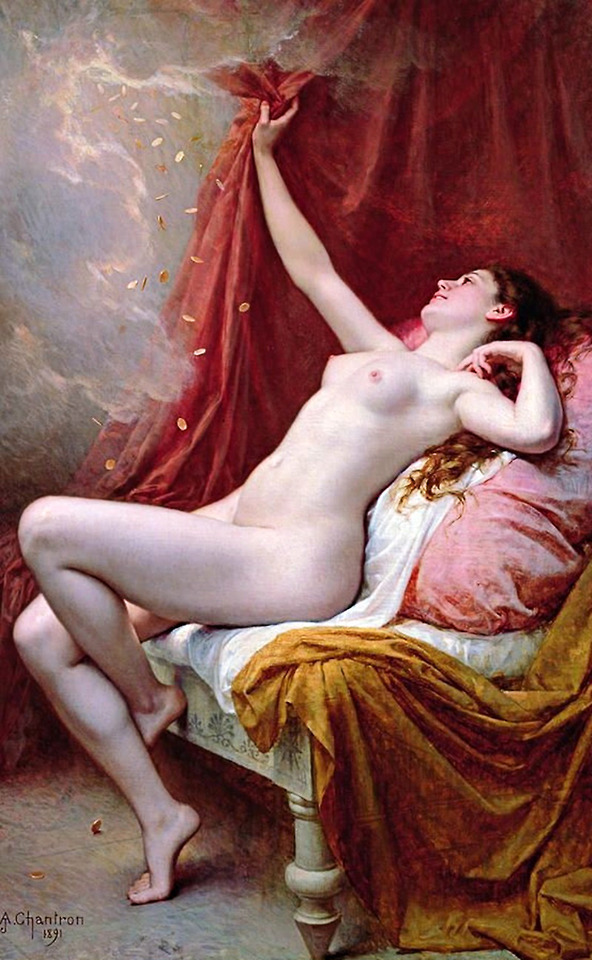
Danaë, Alexandre-Jacques Chantron, 1891
#art#art history#Alexandre-Jacques Chantron#classical mythology#mythological painting#Danae#odalisque#nude in art#Academicism#Academic art#French art#19th century art#Museum of Fine Arts of Rennes#Musee des beaux-arts de Rennes
877 notes
·
View notes
Photo
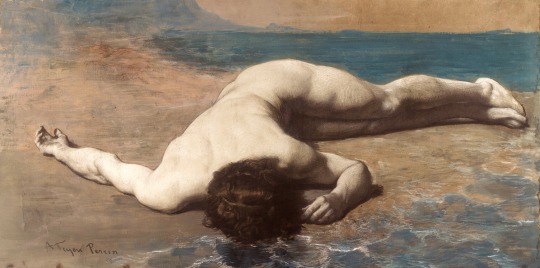
François Nicolas Feyen-Perrin, (1826-1888), After the Storm, before 1865, pastel on paper laid down on canvas. Rennes Museum of Fine Arts. http://hadrian6.tumblr.com
2K notes
·
View notes
Text

Léon Cogniet, Scene of the Massacre of the Innocents, 1824, oil on canvas, 261.3 x 228.3 cm, Museum of Fine Arts of Rennes, Rennes, France.
Today is Holy Innocents' Day, recalling the massacre ordered by Herod. So, I wanted to share this painting, cause it's such a unique take on the famous art history theme "The Massacre of the Innocents."
The paintings that I was used to seeing depicted the actual massacre. There are babies being murdered, and mothers screaming and begging, like the ones by Rubens (left) and Reni (right).
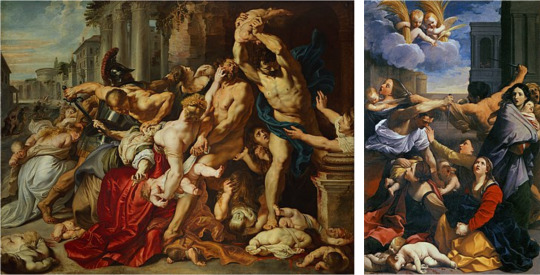
But this one offers another pov. Here is a mother hiding from the chaos as she covers her son's mouth so that they don't hear them. But she's looking at us terrified as if she fears that we are going to tell the soldiers about them.
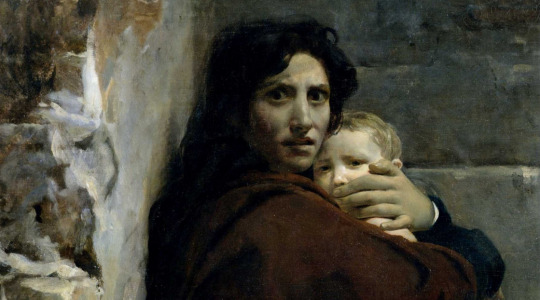
It's terrifying.
2 notes
·
View notes
Text
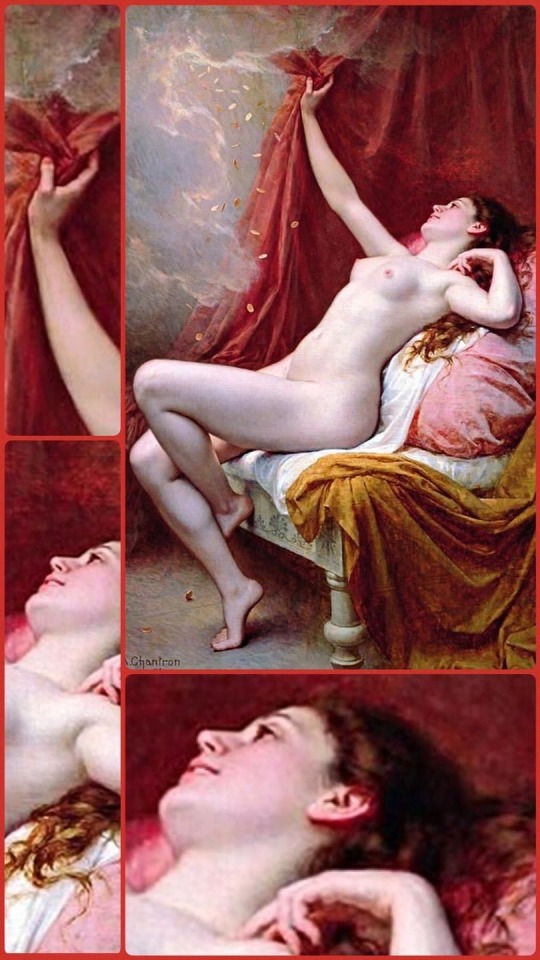
Alexandre-Jacques Chantron (French; 1842 - 1918) ”Danae”, 1891, Oil on canvas, 173 x 116.5 cm, Collage, Museum of Fine Arts of Rennes, Rennes, France
8 notes
·
View notes
Text
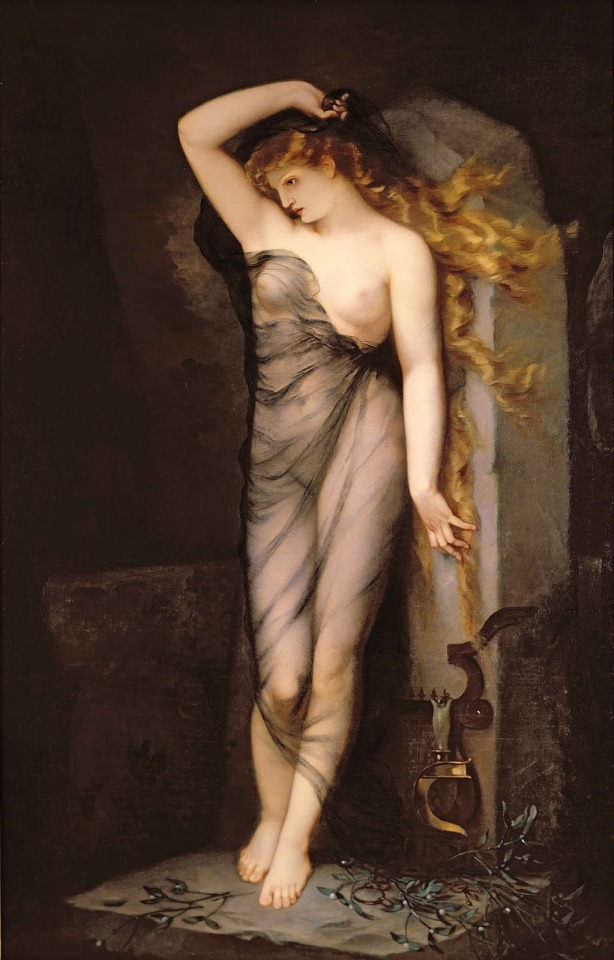
Velleda by Charles Voillemot 1869. Height: 2.3 m (90.5 in); Width: 1.4 m (58.2 in). Museum of Fine Arts of Rennes.
"Time would fail me to tell of thy battles in the North ; of insurgent Rhine, of captured Veleda's entreaties and, latest and greatest triumph, Rome placed in thy hands (to govern) while the destruction of the Dacians going on, when Gallicus, the chosen, took up the leader- ship of our great chief, and Fortune marvelled not."
-Silvae of Statius 1.4
https://paganimagevault.blogspot.com/2020/05/velleda-by-charles-voillemot-1869.html
#veleda#the batavian revolt#pagan#europe#paganism#european art#germanic#rennes#museums#german history#roman history#19th century art#classic art#paintings#art#prophet#literature#history#charles voillemot
24 notes
·
View notes
Photo

Isaac van Oosten - Noah leading the animals to the ark -
oil on copper, Height: 69.5 cm (27.3 in); Width: 86.8 cm (34.1 in)
Izaak van Oosten, Isaak van Oosten or Isaac van Oosten (sometimes, due to a repeated typographical error: Izaak van Costen) (10 December 1613 – December 1661) was a Flemish Baroque landscape and cabinet painter active in Antwerp.
Van Oosten specialized in landscape paintings and panels for Antwerp cabinets. His compositions appear to have been popular and incorporate all the elements of the Antwerp school of landscape painting of the first half of the 17th century. He was strongly influenced by other Antwerp landscape painters, in particular Jan Brueghel the Elder, and contemporary Flemish painters such as Alexander Keirincx, Lucas van Uden and Jan Wildens. He was also influenced by the late work of Jan Brueghel the Younger to whom his work is sometimes erroneously ascribed.
His landscapes are simple with open spaces and mostly hilly landscapes typically filled with a pond or road and several clusters of trees. There is an overall sense of gentleness and calm in these compositions. An even, gentle light spreads over the entire painting and the trees are untouched by the wind. He appears generally not to have been influenced by the woodland painters with their preference for dense forest scenes. A number of his landscapes have a Mediterranean flavour. There is no evidence that Van Oosten travelled to Italy and his Italianate landscapes must therefore have been inspired by the work of other painters.
He regularly returned to the themes of The Garden of Eden and the Creation of the Animals, themes that were introduced into Flemish landscape art by Jan Brueghel the Elder. These themes allowed him to show off his skills in painting a variety of animal species – mammals, fish and birds, as well as the imaginary unicorns. He often painted on copper, the smooth surface of which allowed him to arrive at his detailed depictions of flora and fauna.
As was common practice at the time, he often collaborated with painters who specialized in particular scenic elements. Willem van Herp is believed to have painted the staffage in many of van Oosten's works. A good example of such collaboration are the two panels on the Four Elements, on which van Oosten collaborated with Pieter van Avont for the staffage and possibly Jan van Kessel the Elder for the animals and still-life elements.
Works by van Oosten can be found in the collections of the Uffizi, the Museo del Prado, the Hermitage Museum, the Musée des Beaux-Arts d'Orléans, the Museum of Fine Arts of Rennes, the Toledo Museum of Art and other museums.
24 notes
·
View notes
Text

Gustave Caillebotte (French, 1848–1894)
"The Canoes", 1878.
Oil on Canvas, 155 × 108 cm.
Museum of Fine Arts of Rennes, France.
32 notes
·
View notes
Photo


1794 Christian Marie Colin de la Biochaye - Bad news
(Museum of Fine Arts of Rennes)
302 notes
·
View notes
Photo

Gabriel François Doyen, 1726-1806
La Mort de Virginie, 1759, oil
Museum of Fine Arts of Rennes
14 notes
·
View notes
Photo
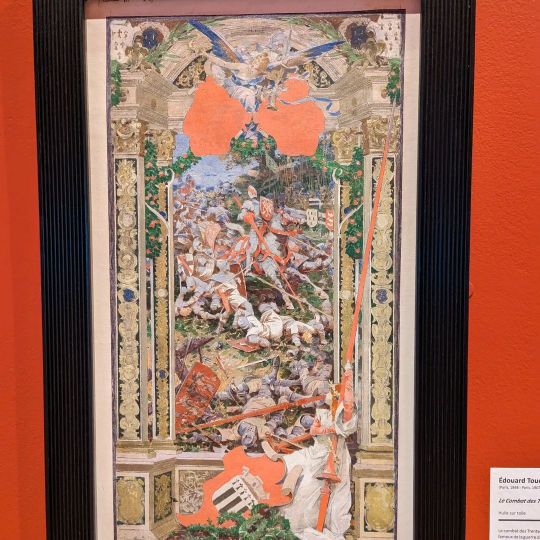
The Death of Du Guesclin by Édouard Toudouze. Rennes Museum of Fine Arts. Forgotten hangings from the Parliament of Brittany are making a comeback in Rennes. In spare parts. They adorned the Great Chamber of Parliament until 1994, the year of the famous fire that ravaged the building. #dugueslin #finearts #rennes #parliament #brittany (à Musée des Beaux-Arts de Rennes) https://www.instagram.com/p/CoeOW13I8F0/?igshid=NGJjMDIxMWI=
0 notes